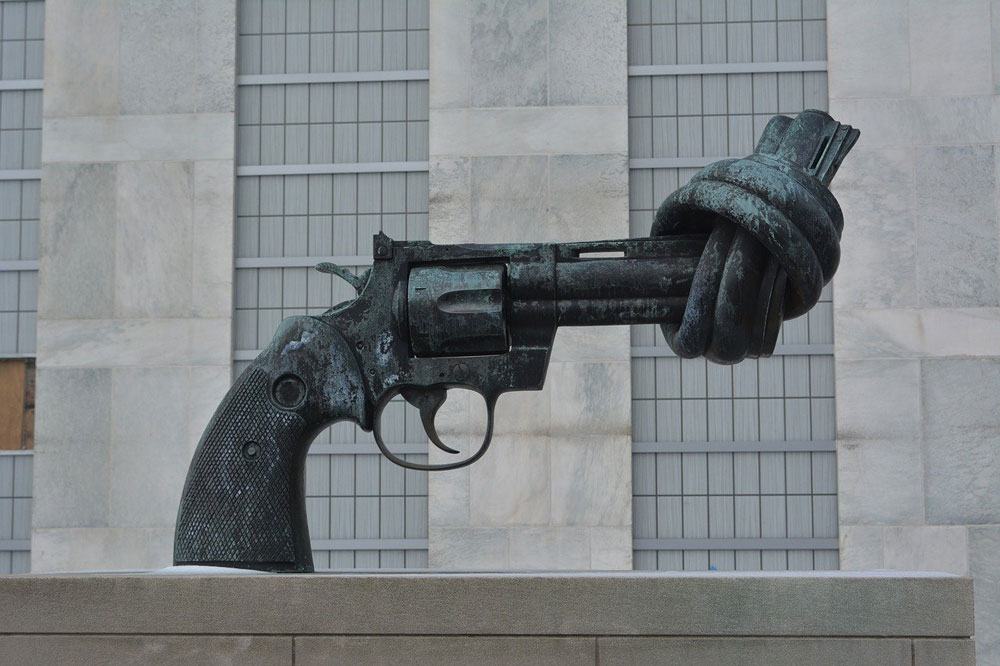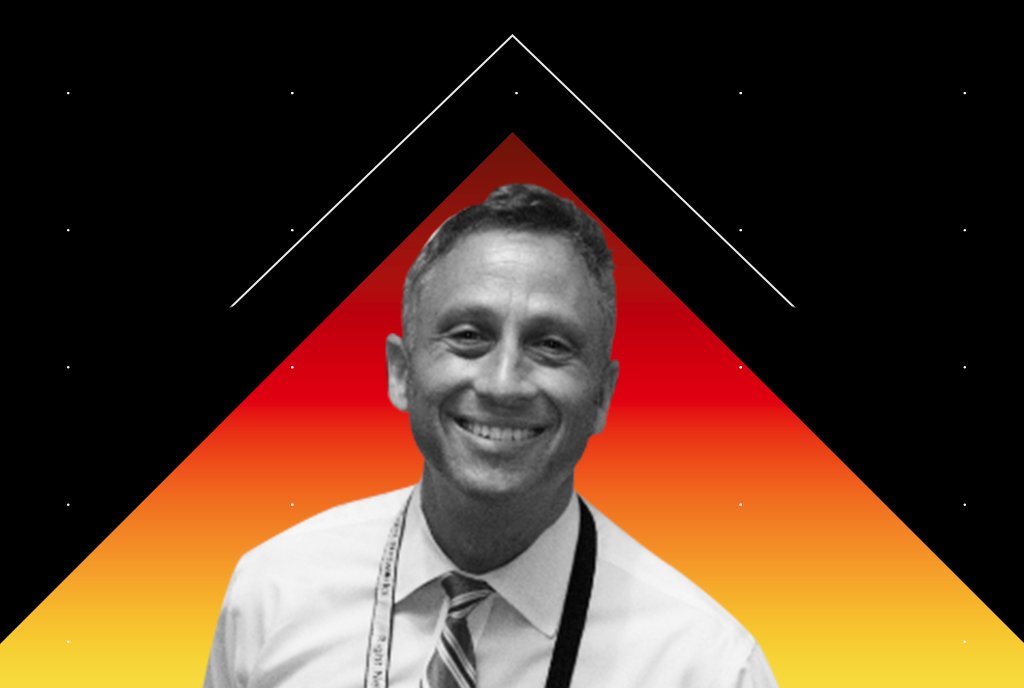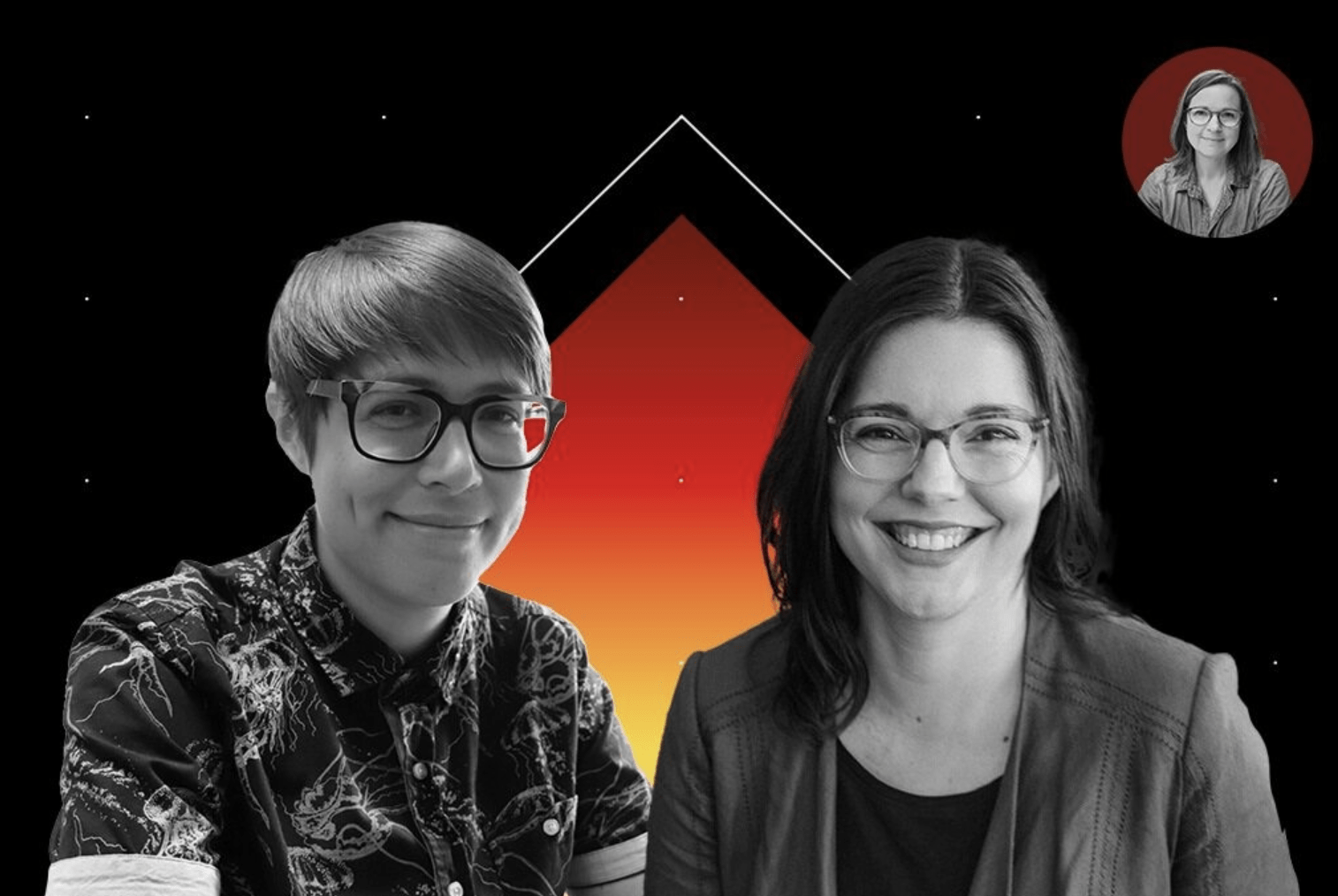
September 23, 2020; Block Club Chicago
As in many cities, this has been a violent summer in Chicago. The stark headlines to which we awaken toll out stories of lives harmed and lost:
- “Chicago shootings: 64 shot, 11 fatally, in weekend violence…”
- “Chicago Weekend Violence: 53 People Shot, 10 Fatally…”
And according to data compiled by Block Club Chicago, children make up a growing portion of the victims, making things even more disturbing. “Forty-five children younger than 18 have been shot and killed as of September 20, while 280 have been wounded by gun violence, according to Chicago Police Department,” Block Club notes. “That’s 18 more children dead and 84 more wounded than the same time frame last year.”
Longtime community advocate Rev. Michael L. Pfleger of St. Sabina Church captured the emotion of this moment when he spoke to the New York Times. “I have never seen the despair, hopelessness and anger all mixed together at the level it is right now,” he says. “The bad situation in this city got even worse with the pandemic. It exposed the reality that Black and brown communities are disproportionately affected.”
From the perspective of Napoleon English, an on-call mediator who responds to situations that could turn deadly, “When you put the people in these situations where they feel no hope, this is the backlash you’ll get.” Kim Smith, director of programs at the University of Chicago’s Crime Lab, understands how “shooters aren’t taking the time to process the consequences.”
“That type of in-the-moment decision-making seems to be at the root of a lot of Chicago’s youth violence in particular,” Smith notes, “and for adults as well.”
Some seek answers in more, or better policing. Chicago Mayor Lori Lightfoot sees a need for a more effective police response even while recognizing larger problems at work. At a recent news conference, she said problems begin with “people who think it’s a good idea to pick up a gun and shoot into crowds.”
“The solution lies in providing services to neighborhoods that are most challenged and holding shooters accountable,” she said. “We cannot shelter the people who are recklessly destroying the fabric of our community, and particularly bringing harm to our children.”
To support that idea, Lightfoot reprised an approach that has been used before with little lasting impact: a 500-officer Community Safety Team that can flood into locations where flareups are expected.
More that police, though, what’s needed is a broad scale response that addresses the fullness of the problem.
“Violence,” as Kim Smith explained to Block Club Chicago, is “a generational and a multifaceted problem. We’re considering all of the interventions: investments in education, primary and secondary prevention, and then, after incidents happen, how we build resilient communities and help them heal.”
Sign up for our free newsletters
Subscribe to NPQ's newsletters to have our top stories delivered directly to your inbox.
By signing up, you agree to our privacy policy and terms of use, and to receive messages from NPQ and our partners.
There’s a clear, pressing need for robust investment in community infrastructure and economic development. Of course, in these times, it’s difficult to imagine the political will on a national level to find it. But while we struggle to fix the large-scale problem, at the local level we can shift resources away from policing toward interventive strategies that can reduce violence and save lives.
Chicago has a cadre of small nonprofit organizations that have been working on the streets to intervene before violence erupts. These specialists have the necessary relationships to move the process away from the failed criminal justice system. What they lack are the resources needed to expand their reach.
Tio Hardiman, executive director of nonprofit Violence Interrupters, sees now as the time to act. Speaking to Block Club Chicago, he explains:
City and state leaders need to bring new people to the table and start funding new groups, because we need all hands on deck right now. When you have so many kids being killed, especially young people under 13, that’s everybody’s responsibility.
The need to protect lives calls for extraordinary action. Hardiman’s organization has begun distributing bulletproof backpacks to schoolchildren in the neighborhoods he serves. “Right now, you’re dealing with COVID-19; everybody’s being provided protective gear like facemasks and hand sanitizer…COVID is a pandemic, and gun violence is an epidemic. Why not provide people with protective gear until somebody figures out a way to solve this?”
There’s also an urgent need to build a larger, stronger team of people trained to intercede in small issues before they become violent. From Hardiman’s perspective, they can do what a distrusted police force cannot. He observes, “There’s no way to stop a killing without a confrontation. It’s mandatory that your relationship is solid as gold. Young guys are not going to listen to just anybody.”
Central to the ability of Chicago and other cities to implement strategies beyond expanded policing is the power to shift resources from criminal justice to alternative community resources. Calls to defund, and even abolish, local police forces have resounded in the ongoing protests against police violence. As voices like Hardiman’s grow louder, their message is beginning to be heard.
In a recent speech to Chicago’s City Club, Arne Duncan, who formerly served as Chicago’s School Superintendent and as President Obama’s Secretary of Education, urged “reimagining public safety” and shifting of a portion of the police department’s budget into violence protection programming. As reported by the Chicago Sun-Times, he called for “eliminating vacancies and not filling the jobs of retiring officers.”
He’d use up to $200 million-a-year of those savings to create violence prevention programs in all Chicago neighborhoods that need them. Duncan believes CPD could be reduced to 10,000 sworn officers and still have enough officers to safely patrol the city and improve a 45 percent homicide clearance rate—but only if violence prevention were a key component of the city’s strategy.
Hardiman also recognizes the need for all the various levels of intervention to be interconnected. “Policing and street-level efforts often operate in isolation, without the coordination necessary to create long-term change,” he says. “I worry about a situation where we find ourselves in five years with another surge in violence, and we’re not sure about what tools we can use, for whom they will be useful and why.”
Finding the precise formula for building these peaceful, healthy communities won’t be easy, but we do know, as the discussion taking place in Chicago illustrates, that it must include robust doses of alternative justice investments combined with revitalizing local economies, rebuilding struggling schools, improving local transportation and health care, and making sure quality housing is available and affordable. We know that relying on more police and the larger prison-industrial complex will not work. Change is always risky, but if we desire to stop reading about people being wantonly gunned down on the streets, this is the moment to recognize we can do better.—Martin Levine















